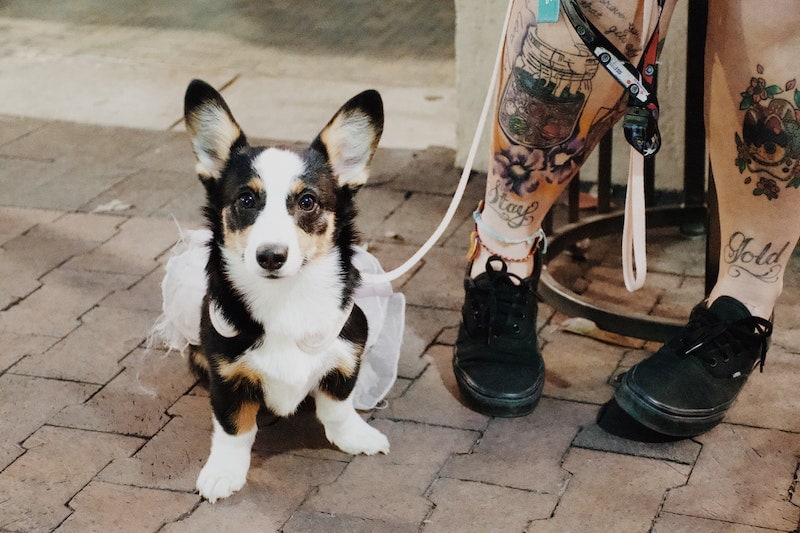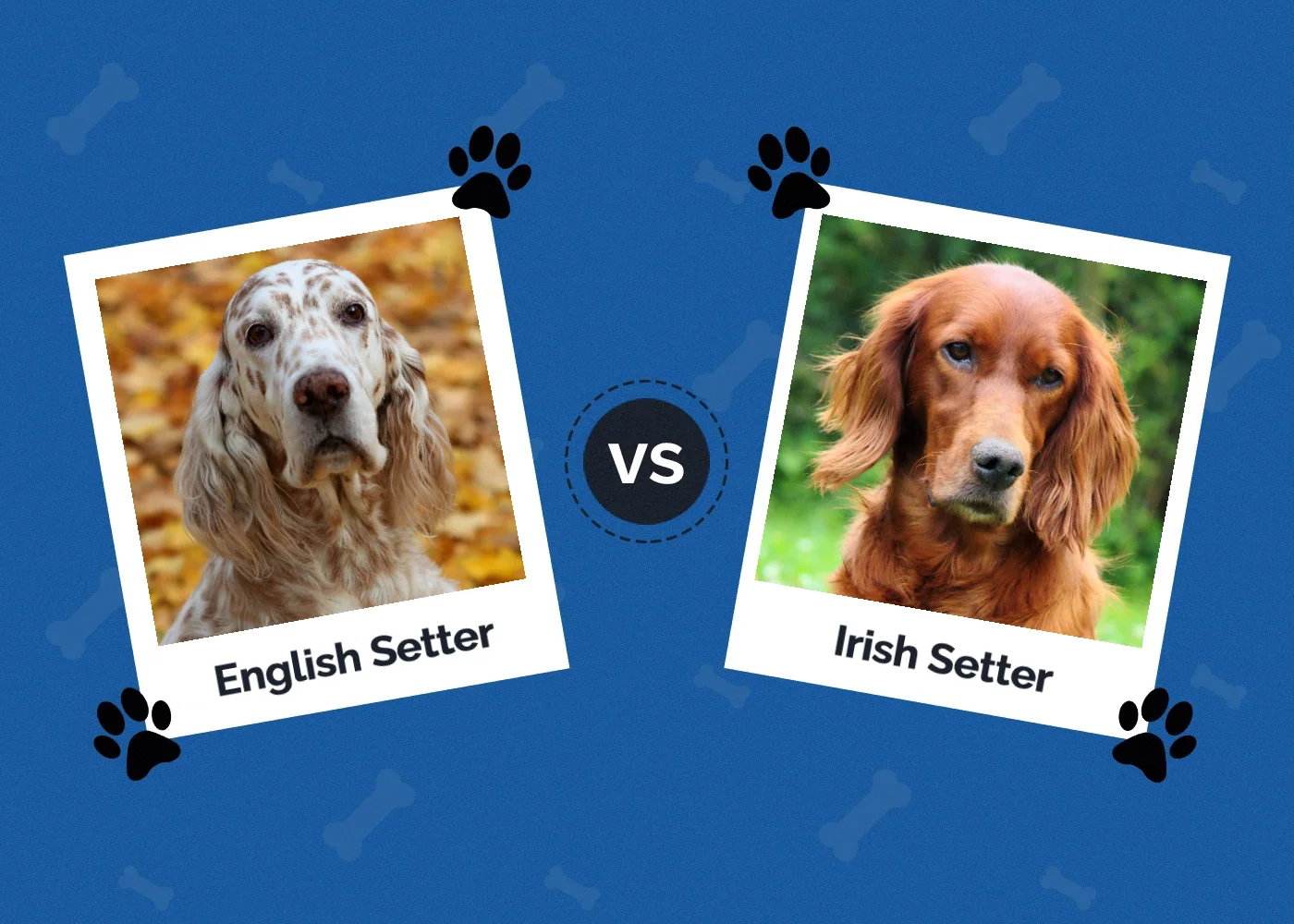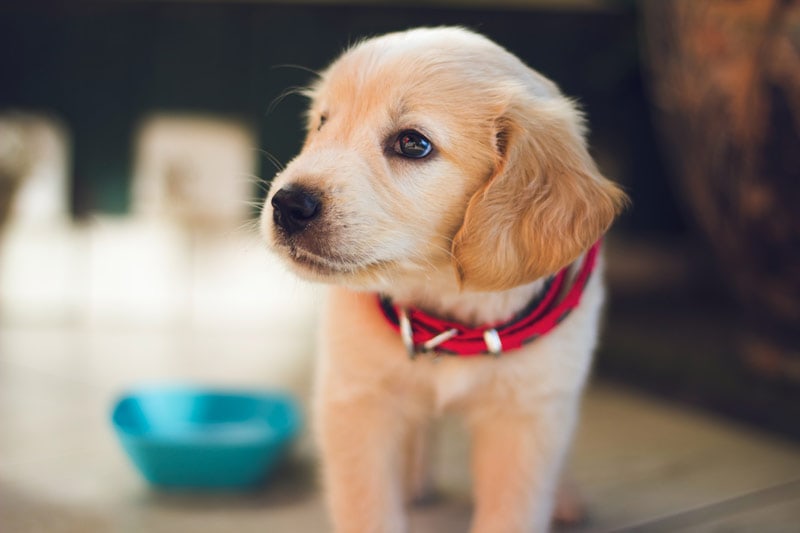Why Is My Dog So Attached to Me? 7 Typical Reasons

Updated on
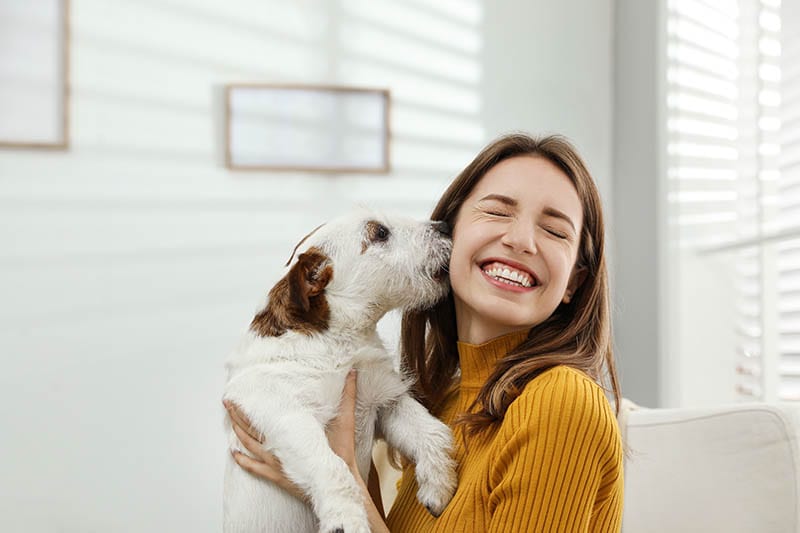
There is nothing quite like the love between a dog and their person. Sometimes you might even wonder how you got so lucky and why your dog is attached to you specifically. Whether this is something you are simply curious about or generally concerned about, read on as we go over some of the main reasons your furry best friend wants to do everything with you!
The 7 Reasons Why Your Dog Is So Attached to You
Wanting to be around their human companion is common among many dogs and their owners. Here are some of the reasons why your canine companion is always at your heels:
1. Safety
It is a sign that they feel safe with you. Dogs are pack animals, and although taking a short walk from your living room to the dining room or kitchen is far from braving the wilderness where safety in numbers feels more appropriate, it is completely natural for your dog to follow you and reflects a natural social behavior and instinct. They want to maintain a positive relationship and social bond with you. Plus, being around someone they feel safe and secure with is a good place to be.
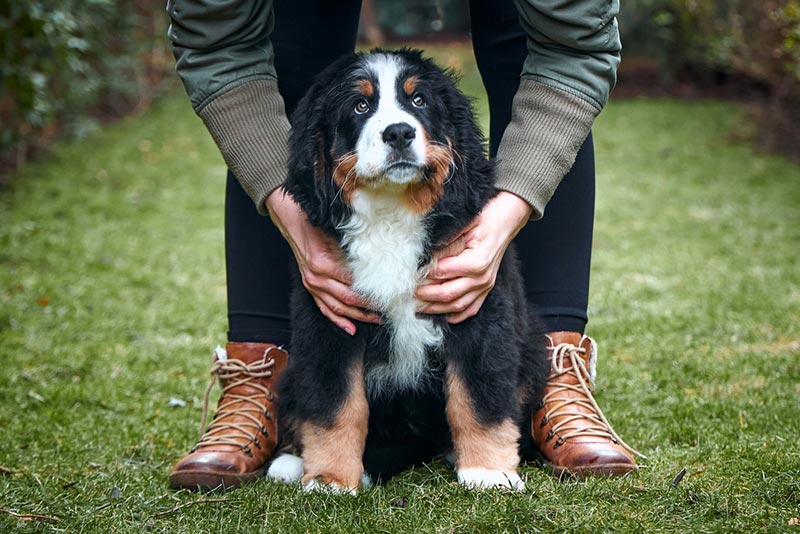
2. You’re the Pack Leader
You might be curious why your dog follows you more often than your partner or other family members you live with. In homes with multiple people, it is likely your dog may focus their attention on one person who they believe to be the pack’s leader.
The pack leader may not always be who you might expect or the head of the household. Sometimes they are the primary caregiver who feeds them, regardless of who is buying the food. It could be the family member who takes them on the most walks or the person who gives them the most treats and attention. According to Erin Kramer, a professionally certified dog trainer and owner of TugDogs in Northern California, “The focus is on that person because of what they give access to.”
3. Enforcing Behavior
Sometimes your dog might be following you for a specific reason other than just wanting to be by your side while you do mundane chores. Depending on how you react to their behavior, it could be what they hope to gain that is causing them to act like a shadow to your every move. If you often give them treats, pets, or cuddles when they follow you, they will be inclined to continue doing so because such wonderful things happen or are given to them when they follow you around.

4. Timing and Communication
Because our furry friends don’t speak the same human dialect, they may be following you around to subtly remind you of the time. Time for what, you ask. Maybe it is almost time for their kibble to magically appear in their bowl, or they finished all their water and need a refill, or they need a potty break.
5. Boredom
Out of the blue, your pup won’t stop nudging you or whining at you even though you’re just steps away from her. Have you been inside all day typing away at your computer while your best girl sits on the couch next to you?
Your dog may be bored and understimulated. Going for a walk won’t just do good for your mental and physical well-being but for your dog’s as well. If a walk isn’t possible then and there, a chewing toy or a treat puzzle may be a great solution for those long work days–before you can both get some fresh air and some steps in together.
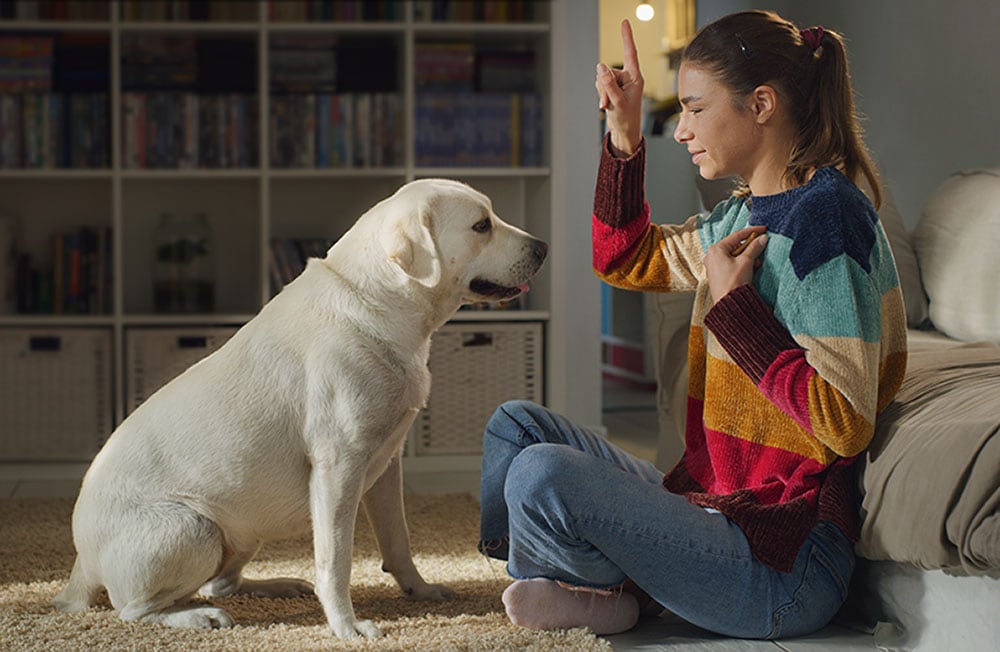
6. Velcro Dogs
Does Buddy seem more focused on you than Max? This could be possible for several reasons, one being breed-specific traits. Buddy may be a Velcro dog! Velcro dogs, appropriately named after the material that clings, can be exactly that—clingy or extra loving depending on how you describe a furry companion always by your side.
The Animal Rescue Site noted that some breeds more likely to become Velcro dogs are Australian Shepherds, Chihuahuas, Doberman Pinschers, English, and French Bulldogs, Golden Retrievers, Italian Greyhounds, Labrador Retrievers, Papillons, Pugs, and Shetland Sheepdogs.
Puppies of any breed also tend to be Velcro dogs, as they are impressionable and lean into their pack instincts to follow you–the leader! Velcro dogs seem to always be ready for your love and attention and will provide unwavering companionship without much persuasion needed.
7. Separation Anxiety
According to the American Kennel Club (AKC), the big difference between a Velcro dog and separation anxiety is anxiety itself. Although Velcro dogs simply prefer to be attached at the hip to their person, dogs suffering from separation anxiety tend to panic and feel that they cannot be away from their owners.
Separation Anxiety is not just stressful for you and your dog during the actual separation; it can also lead to long-term physical and mental health issues. It is best to speak to your veterinarian about ways to treat and help your dog if you suspect they may have it.

Keeping Your Dog Happy and Safe (With or Without You)
Keep Them Busy
As this entire article has been about why your dog has tunnel vision on you, the first step is to redirect their attention and focus on something else. Investing in some mentally stimulating toys and fun treat puzzles is a great start. Keeping them in rotation and not having them out all the time can help keep it exciting and something for your dog to look forward to.
Exercise and Stimulation
Make sure that your dog is getting plenty of playtime and exercise. Some breeds may need more exercise than others, so it is important to know how much is enough, as well as how much may be too much. Physical and mental stimulation can make sure that your pup doesn’t have too much pent-up energy and can settle down and relax.
Set Off-Limits Areas
If you can’t keep your dog from following you in the kitchen (or other potentially dangerous rooms), putting up baby gates could be an effective solution. It is a good baby step because you are not completely shutting them out from your activity. Through a baby gate, they can still see you and know what you are doing, but from a safe distance. This can reinforce that even though they are not right by your side, they are still in your presence and can keep a watchful (and adoring) eye on you!
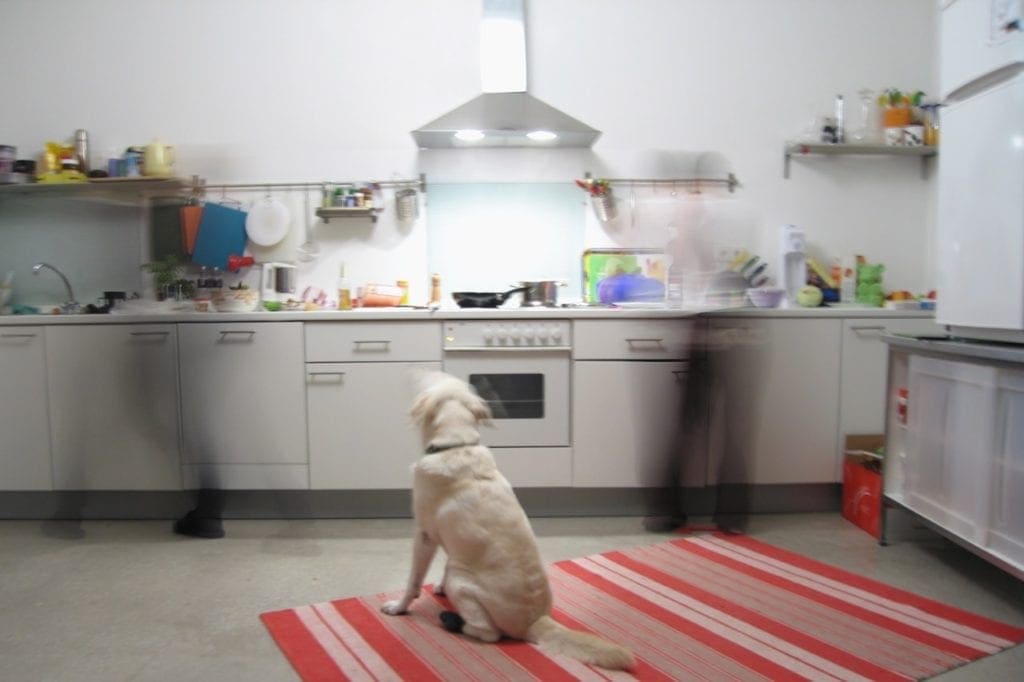
Positive Reinforcement, Not Punishment
We discussed reinforcement above regarding why your dog may be following you everywhere, hoping for a treat or attention. Do not do the opposite, and punish them for following you around, which could be a behavior stemming from their anxiety. This kind of negative reaction can be confusing and make them feel more stressed.
Rewarding them when they follow you is not the right answer. Instead, positively reinforcing moments when they do not follow you can help them understand that this is the behavior you want them to do.
Socialize Them
Aside from encouraging them to be okay and comfortable on their own, it is also wise to familiarize them with other people and dogs. You might be their best friend, but that doesn’t mean you should be their only friend. If you live with other people, have them walk your dog or feed them occasionally. Bonding with other people and dogs helps build their confidence by building relationships with others besides you.
Final Thoughts
Dogs are such special animals, known for their loyalty and unmatched love. The companionship of a dog is one of the best relationships in life that we can experience. Whether you want your dog to be by your side as much as possible or if they are showing you a little too much attention for your liking, there is a healthy balance to maintain for the benefit of you and your furry best friend.
Training your dog to be content in their own company and confident in their relationships with other dogs and people requires time and work, but it is important to ensure a happy life even when their best friend is not physically with them.
Featured Image Credit: New Africa, Shutterstock

